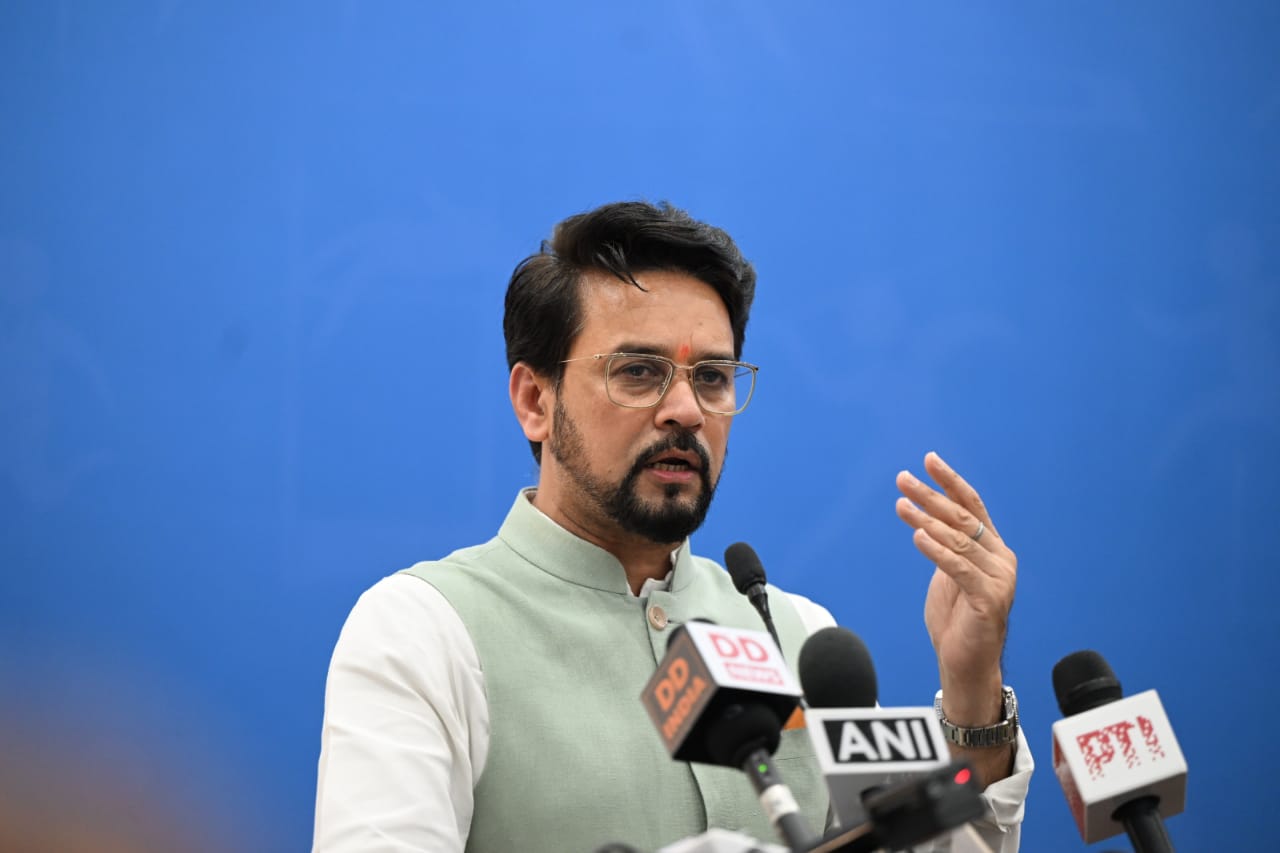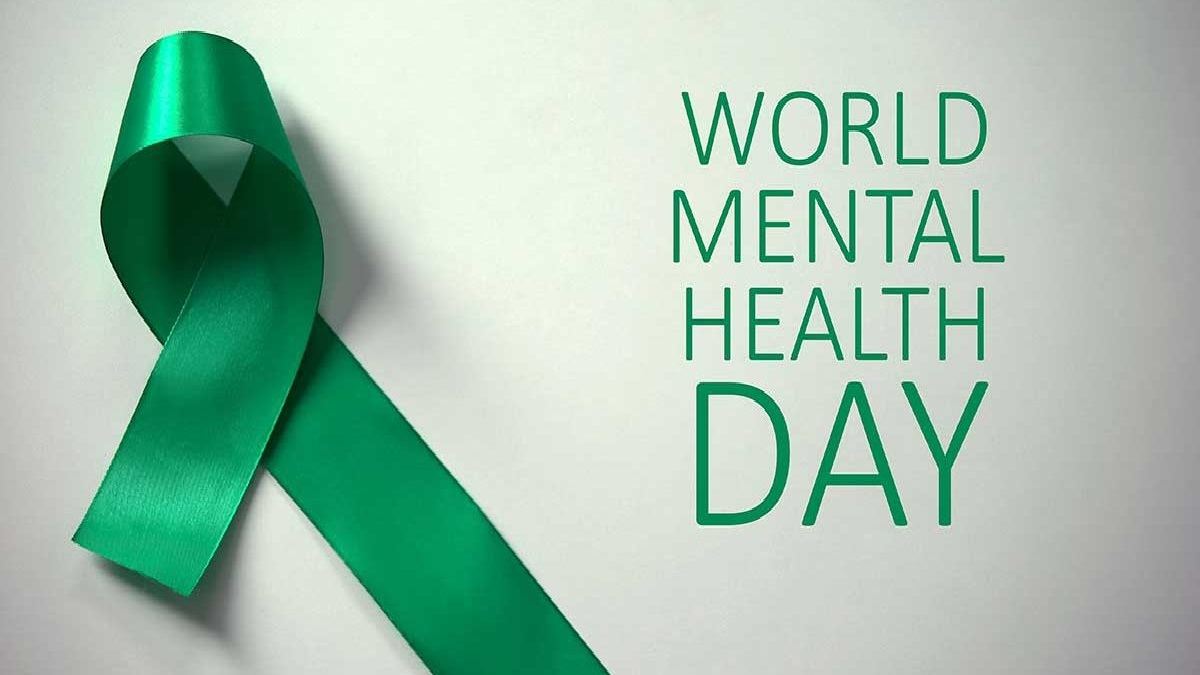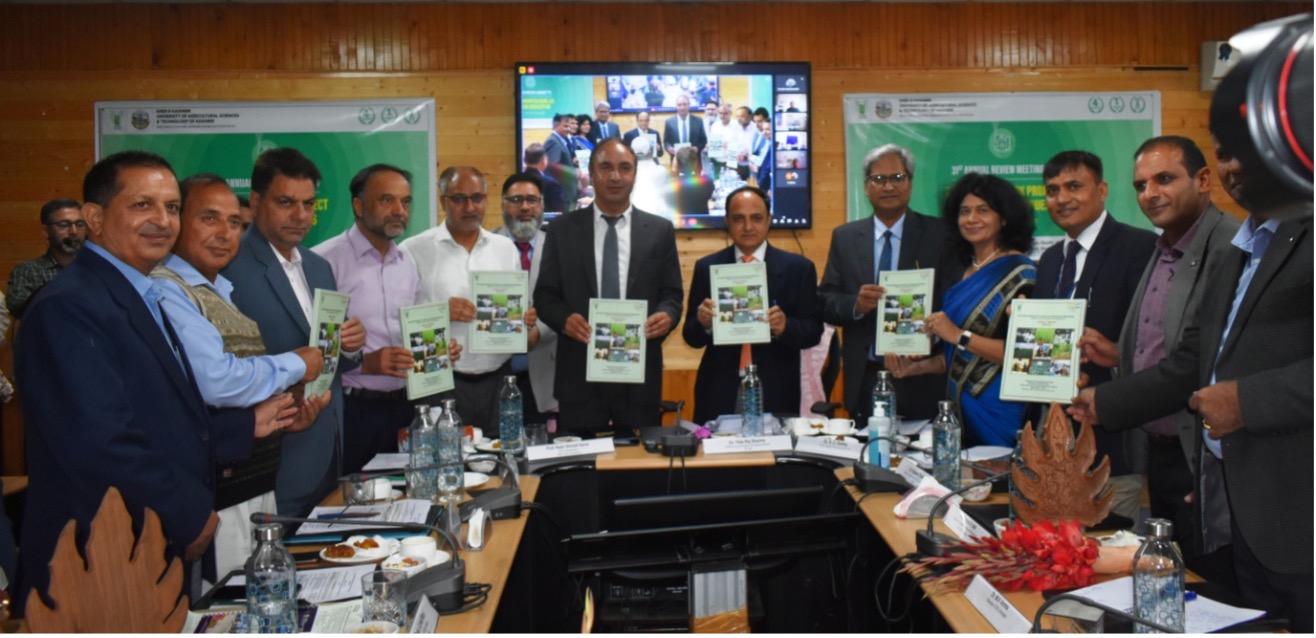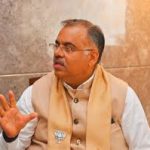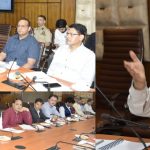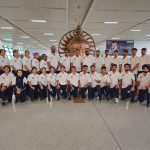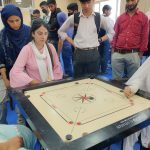In an exclusive interview, Union Minister for Youth Affairs and Sports, Anurag Thakur, in conversation with Rising Kashmir Executive Editor, Anuja Khushu, delves into India’s remarkable success at the 2023 Asian Games, the government’s strategies to sustain and build upon this achievement, and the nation’s aspirations for the upcoming 2024 Paris Olympics. Union Minister Thakur also highlighted the government’s commitment to promote gender equality in sports and ensuring equal opportunities for female athletes. Excerpts:
RISING KASHMIR: India achieved its highest-ever medal tally at the 2023 Asian Games. What, in your opinion, were the key factors that contributed to India’s remarkable success?
Union Minister: In 2018 we had 70 medals, this time we have 107. An increase of 52 per cent medals between two editions and 75 per cent increase in gold. It is the vision of our Prime Minister, Shri Narendra Modi ji which he put in place in 2014, and his personal interest in sports that has brought about this sea- change. Today, the sports ecosystem in the country has a pyramidal structure from grassroot to elite where talent identification and talent nurturing has become a continuous process. It was Modi ji’s vision with which the Target Olympic Podium Scheme was started in 2014. He wanted elite athletes to have all the facilities that they need to bring in the results. And today, that scheme and the support that has been extended through it, is showing results. Under TOPS we have two different categories of players – Development and Elite and for both sets of players, the government provides training, diet, foreign exposures, equipment and personalised support to each athlete. They are also given a monthly out-of-pocket allowance of Rs 50,000 for elite athletes and Rs 25,000 to development athletes, so that they can even support their families with that money. In 2018, the Khelo India Scheme was introduced to identify talent at the grassroot and train them to represent India at international competitions. Many Khelo India Athletes are now part of the elite TOP Scheme. In fact 124 Khelo India Athletes were part of the Indian Contingent this year, most of who are part of TOPS as well. There is a definite growth in the athlete performances and there is support at every level. Khelo India Athletes are not just trained in SAI and Khelo India academies in state-of-the-art infrastructure, but are also given free coaching, lodging, diet and an Out-of-Pocket allowance of Rs 10,000 per month. We have also built a lot of sporting infrastructure to ensure that athletes in every corner of India have a place to start their sporting career. As many as 750 Khelo India Centers have been built in districts across the country and by next year we will take this number up to 1000. The sports budget has also been increased three times in 2022-23 compared to 2013-2014. These concrete steps have helped to ensure 360 support to athletes and their hard work is what is showing the results today.
RK: Looking ahead to future Asian Games and international sporting events, how does the government plan to sustain and build upon this success? Are there specific strategies or initiatives in place?
Union Minister: The government has put in place a comprehensive sports ecosystem in India that focuses on talent identification and nurturing from the grassroots to elite levels. One of the key initiatives is the Target Olympic Podium Scheme (TOPS), which was initiated in 2014 under the vision of Prime Minister Modi. TOPS provides elite athletes with the necessary facilities and support, including training, diet, foreign exposures, equipment, and personalized assistance. Elite athletes receive a monthly out-of-pocket allowance of Rs 50,000, while development athletes receive Rs 25,000. In addition, the Khelo India Scheme, introduced in 2018, identifies talent at the grassroots and trains them to represent India at international competitions. Many Khelo India athletes have now become part of the elite TOP Scheme. The government has also invested in building sports infrastructure across the country, with 750 Khelo India Centers established in districts and plans to increase that number to 1000. Furthermore, the sports budget has seen a threefold increase in 2022-23 compared to 2013-2014. These measures collectively ensure comprehensive support for athletes at all levels.
RK: In which sports do you see India having the greatest potential for excelling at the Asian Games, and what steps can be taken to further develop these sports and produce world-class athletes in these fields?
Union Minister : India’s sports ecosystem is structured to identify and nurture talent in various sports disciplines. With initiatives like TOPS and Khelo India, athletes from diverse sports are receiving support and training. This has led to a definite growth in athlete performances. While the potential for excelling exists across several sports, it’s important to continue focusing on identifying and nurturing talent in disciplines where India has traditionally performed well and in emerging sports where there is untapped potential. The key steps involve providing world-class training facilities, coaching, and exposure to international competitions. By continuing to invest in infrastructure, coaching, and athlete development, we can further excel in various sports at the Asian Games and beyond.
RK: As India strives to become a sporting superpower, what do you consider to be the most significant challenges that still need to be addressed, and what measures are being taken to overcome them?
Union Minister: India’s journey to becoming a sporting superpower is marked by various challenges that need to be addressed. These challenges include infrastructure development, coaching quality, athlete support, and competition exposure. To overcome these challenges, the government has initiated several measures, including the expansion of sports infrastructure, hiring more sports experts as High Performance Managers and Directors, providing comprehensive support through schemes like TOPS and Khelo India, and collaborating with the Indian Olympic Committee to create comprehensive plans for international events like the 2024 Paris Olympics. These measures aim to ensure that athletes have the best possible support, training, and resources to compete at the highest level and bring more medals to the country.
RK: Can you share insights into the government’s support for Indian athletes preparing for the 2024 Paris Olympics? What specific programs and initiatives are in place to ensure their readiness?
Union Minister: The training of athletes who are likely to represent India in Paris started two years back and the training is on track. We have recently also upgraded the facilities at three National Centers of Excellence in Patiala, Bengaluru and Lucknow to provide international-level facilities to our athletes. Besides, we have greatly strengthened our sports science facilities and hired more than 200 experts as High Performance Managers and Directors to improve overall training. All athletes will continue to get overall as well as personalised support from TOPS.
RK: With the 2024 Paris Olympics on the horizon, what are your expectations for the Indian contingent? How do you envision their performance at this prestigious international event?
Union Minister: Our hopes and expectations for the Paris Olympics are very high. We believe that we have the potential to win more medals than ever before.
The ministry is taking a number of steps to ensure success at the 2024 Olympics. We are investing heavily in sports infrastructure and coaching. We are also creating a supportive ecosystem for sports in India. This includes the TOPS scheme, the Khelo India Scheme, and the National Sports Development Fund.
We are also focusing on developing our young athletes. We are identifying and nurturing talent at a young age, and providing these athletes with the support they need to succeed.
Finally, we are working with the Indian Olympic Committee to develop a comprehensive plan for the 2024 Olympics. This plan will identify the key focus areas for our athletes, and ensure that they have the best possible chance of success.
RK: Gender equality in sports is a crucial issue. Could you elaborate on the government’s efforts to promote gender equality in the field of sports and ensure equal opportunities for female athletes?
Union Minister: Today, the opportunities available to women in this country are huge in every sphere – from Parliament to the Podium. Our women athletes have made us proud by winning 50.2 per cent of the total medals and more bronze medals than the men. This goes to show that they have prepared themselves to face the best in the world. Women have contributed in winning several first-time medals, including cricket, table tennis, golf, equestrian. Besides, in 3000 meter steeplechase and in 50 meter rifle, Indian women athletes have won both the gold and bronze, and in 10 m pistol, they have won both the gold and silver. This is a phenomenal feat. Our women in sport have brought in gender equality like in no other field.
There has been a sustained effort on the part of the government to promote women in sports. A big example of that is the special Khelo India Women’s Leagues that were launched last year in all leading sporting disciplines and has seen a participation of more than 1.5 lakh women athletes. Providing competition exposure to them through these leagues has been an important step in giving women athletes not just an opportunity but the confidence that one can get only through competition exposure. Inspired by young icons like PV Sindhu, Mirabai Chanu, Nikhat Zareen, Lovlina Borgohain more young girls are taking up sports as a career and the government is prepared to support them in every way.


